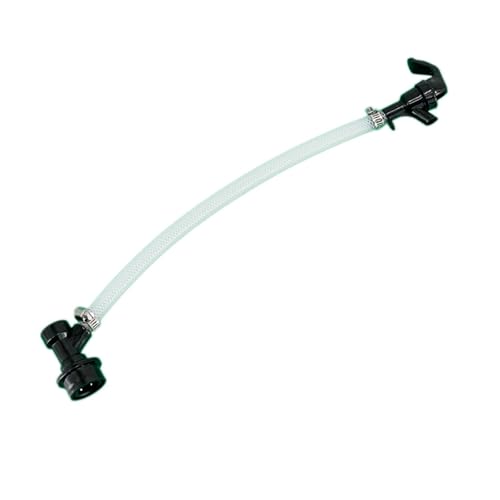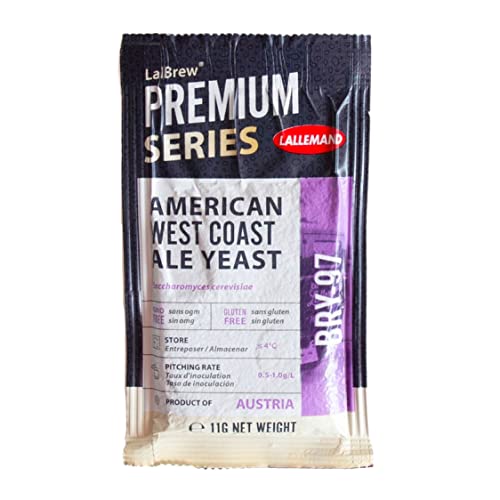SRJHops
Why did the rabbit like NEIPA's so much?
Thanks again to all for this great discussion!
So, one thing I've realized is that I got too comfortable with my strike/sparge water process (and was also doing some things wrong). Instead, I should be using a calculator every time. Is there any reason not to trust this calculator? Should I be using even more water? Or just go with the double sparge as recommended in the discussion above?
This calculator gives me about equal runnings using 1.33 mash thickness. Total water is 10.4 gallons.
https://brewgr.com/calculators/mash-sparge-water-infusion
Grain Weight
20 lb
Grain Temp
70°F
Target Mash Temp
151°F
Mash Thickness
1.33qt/lb
Total Boil Time
90min.
Wort Into Fermenter
5gals
Equipment Profile
Grain Absorption
0.15 gals/lb
Sparge Grain Absorption
0.01 gals/lb
HLT-MT Heat Loss
0°F
Mash Tun Loss
0.25 gals
Brew Kettle Trub Loss
0.5 gals
Boil Loss
1 gals/hour
Wort Shrinkage
0.2 gals
Calculated Totals
Total Water Needed
10.40
gals
Mash Tun Capacity
8.25 gals
Mash/Strike Volume
6.90 gals
HLT Temperature
162.74 °F
Strike Temperature
162.74 °F
1st Runnings
3.90
gals
Sparge Volume
3.50 gals
Total Runoff
7.2 gals
So, one thing I've realized is that I got too comfortable with my strike/sparge water process (and was also doing some things wrong). Instead, I should be using a calculator every time. Is there any reason not to trust this calculator? Should I be using even more water? Or just go with the double sparge as recommended in the discussion above?
This calculator gives me about equal runnings using 1.33 mash thickness. Total water is 10.4 gallons.
https://brewgr.com/calculators/mash-sparge-water-infusion
Grain Weight
20 lb
Grain Temp
70°F
Target Mash Temp
151°F
Mash Thickness
1.33qt/lb
Total Boil Time
90min.
Wort Into Fermenter
5gals
Equipment Profile
Grain Absorption
0.15 gals/lb
Sparge Grain Absorption
0.01 gals/lb
HLT-MT Heat Loss
0°F
Mash Tun Loss
0.25 gals
Brew Kettle Trub Loss
0.5 gals
Boil Loss
1 gals/hour
Wort Shrinkage
0.2 gals
Calculated Totals
Total Water Needed
10.40
gals
Mash Tun Capacity
8.25 gals
Mash/Strike Volume
6.90 gals
HLT Temperature
162.74 °F
Strike Temperature
162.74 °F
1st Runnings
3.90
gals
Sparge Volume
3.50 gals
Total Runoff
7.2 gals

























![Craft A Brew - Safale BE-256 Yeast - Fermentis - Belgian Ale Dry Yeast - For Belgian & Strong Ales - Ingredients for Home Brewing - Beer Making Supplies - [3 Pack]](https://m.media-amazon.com/images/I/51bcKEwQmWL._SL500_.jpg)

































